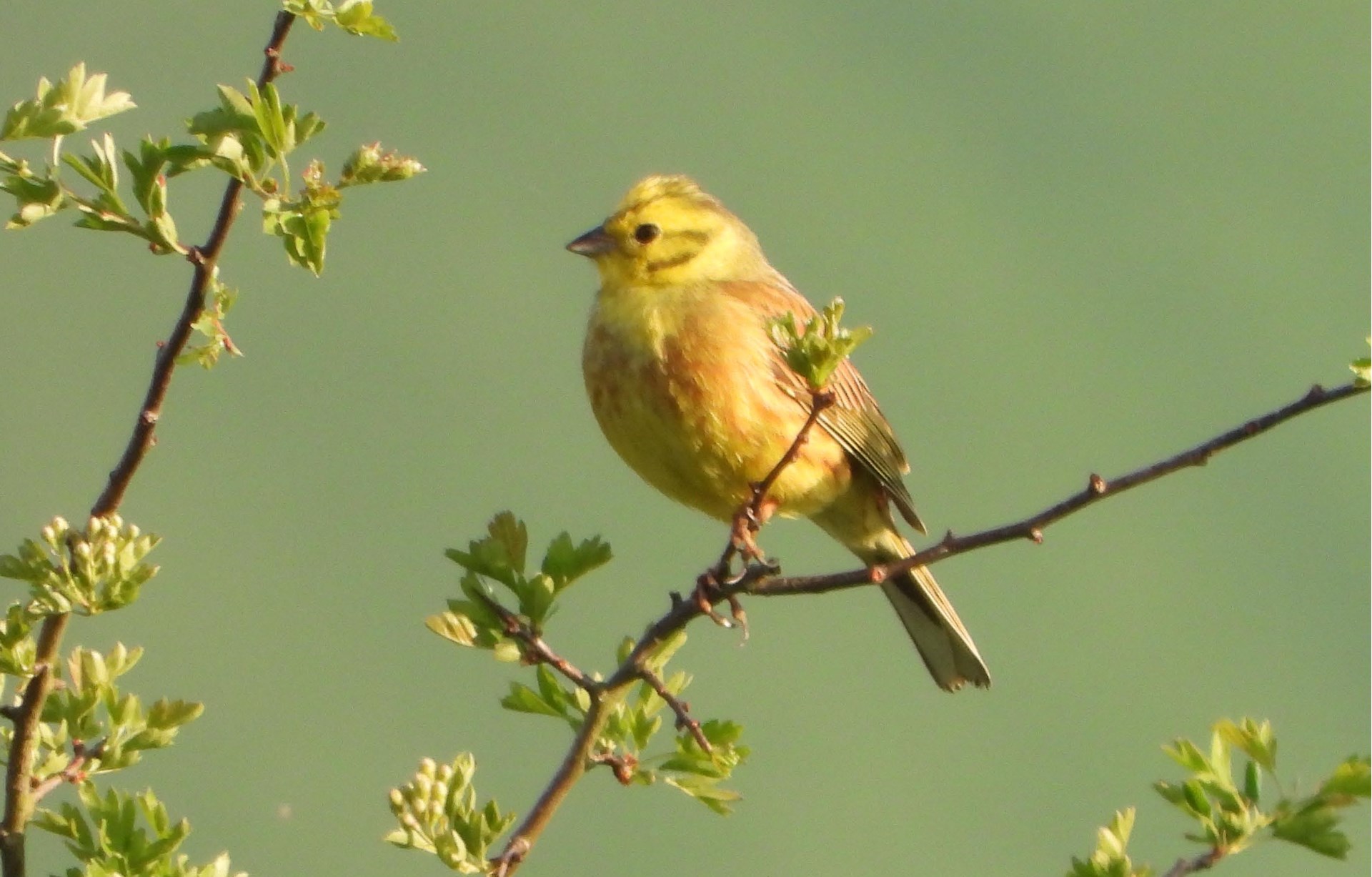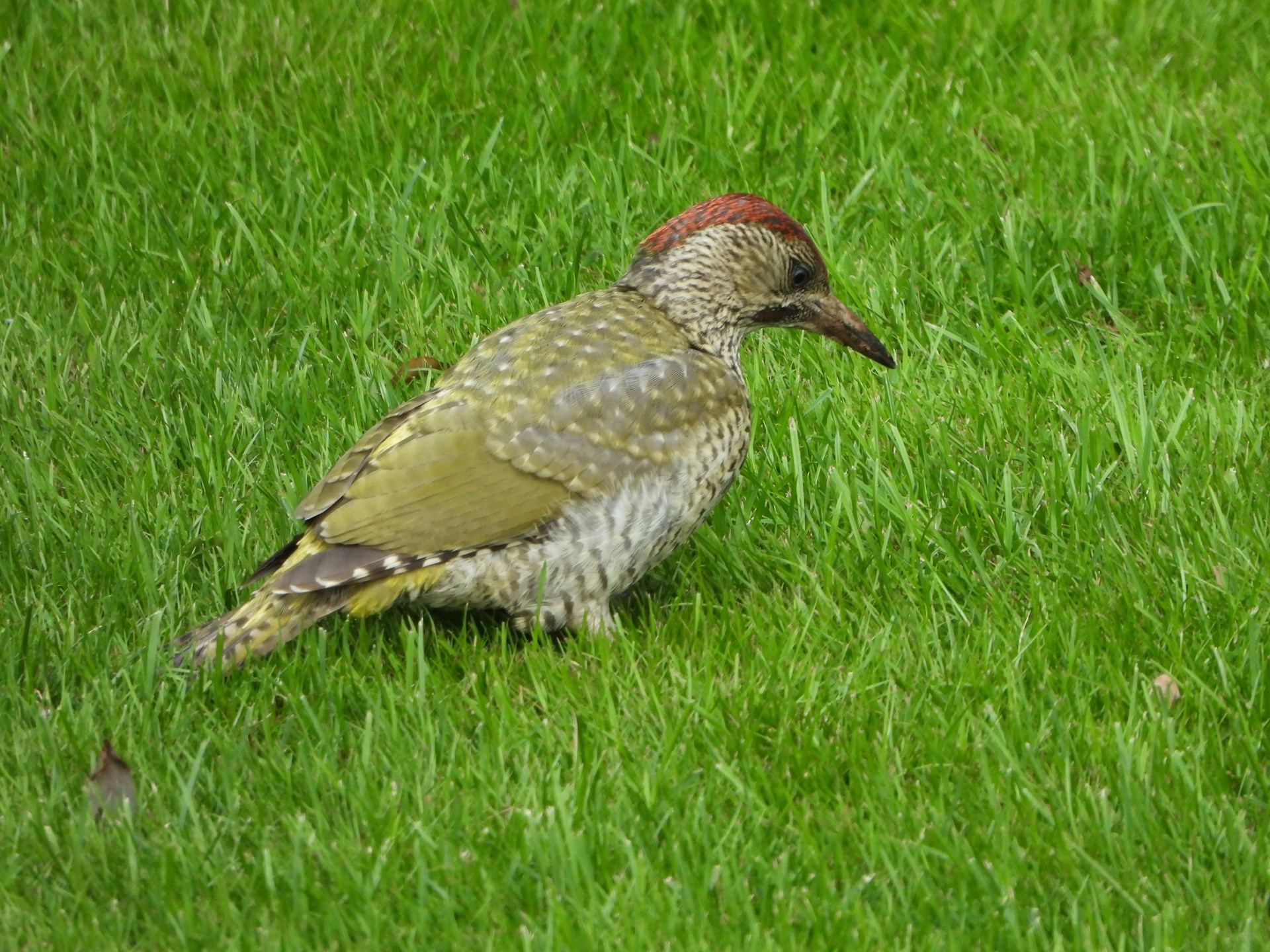Wildlife jottings Oct 2022
I am writing this on a rainy afternoon in October. We have quickly moved from the long hot, and sometime stifling, days of Summer into cooler mornings and rain. The Swallows and House Martins have left and are either on their way back to their wintering grounds in Africa or for some they will have already arrived.
Normally by this time of year we would expect to start seeing small numbers of the first arriving winter thrushes – Fieldfares and Redwings. This year they have yet to arrive. This is not a reason for concern as this happens when the weather in their summer home has been milder and there is still food for them there. As they run short of food, they will depart and head south to us.
Around the village we have lots of berry trees ready for them with what looks like a good crop of berries this year. So, when they arrive, they will have plenty to eat.
I always look forward to seeing them feeding on the Playing Fields. It’s a great sight on a cold Winters day.
As the days get shorter my early morning walks are no longer that early! At the moment, first light is about 7:00 am. I am looking forward to the clocks going back as that will give me a little longer in the mornings. But we, of course we pay for the slightly lighter mornings, with darkness in the late afternoon!
On the fields between Vernham Manor and Upton Manor the numbers of Red Kite and Buzzard are now increasing. Recently I counted 16 Red Kite feeding, just sitting on the ground in the fields digging around for grubs and worms, or anything else they can find. When they rest, they move to one of the trees, often the ones with no leaves on – there are a few around of those around those fields.
The bushes next to the footpath towards Upton Manor provide cover for roosting birds at night-time. As I walk past first thing in the morning good numbers of both Chaffinch and Yellowhammer fly out from them.
I have fond memories of Yellowhammers. That was the bird that really got me interested in bird watching as a boy – I just could not believe that there was a bright yellow bird that was native to the UK.

This area is worth keeping an eye on throughout the Winter months. The Yellowhammer and Chaffinch flocks attract other birds to them – Sparrowhawks for instance. Although they of course see these birds as prey. In addition, however, overwintering Chiffchaff and Brambling will often turn up in these bushes.
A showy bird that is relatively easy to see, and hear, in the village is the Green Woodpecker. Their call is rather noisy. They are often called Yaffle birds, that is the – very loud – sound it makes when it is calling. They have many other names in local folk culture including Laughing Betsey, yaffingale, yappingale, Jack Eikle, rain-bird, weather cock and wet bird, the latter suggests its supposed ability to bring on rain.
In late summer we often see a Green Woodpecker, and if we are lucky, with its young, feeding on our lawn. They eat ants and there is a plentiful supply in the lawn. It really is an attractive bird and as bright and colourful as many of the world’s parrots.
British birds can be exotic. Its just we see them all the time and get used to them.

Whilst there is still plenty of natural food for birds around the village it is great if you are able to feed the birds on a regular basis. Bird food, like everything else, is going up in price.
I am always entertained by the birds coming and going from our feeders – it is money well spent, I think. The most common birds on our feeders at this time of year are Goldfinch, Greenfinch and House Sparrow.
When I first moved into the village, nearly eleven years ago now, we rarely saw a House Sparrow in the garden. Now we have a healthy sized flock resident in the garden.
And on the subject of feeding, it is really important to keep the feeders clean. So please empty them out and give them a good wash down on a regular basis. It will stop disease spreading amongst the birds using them.